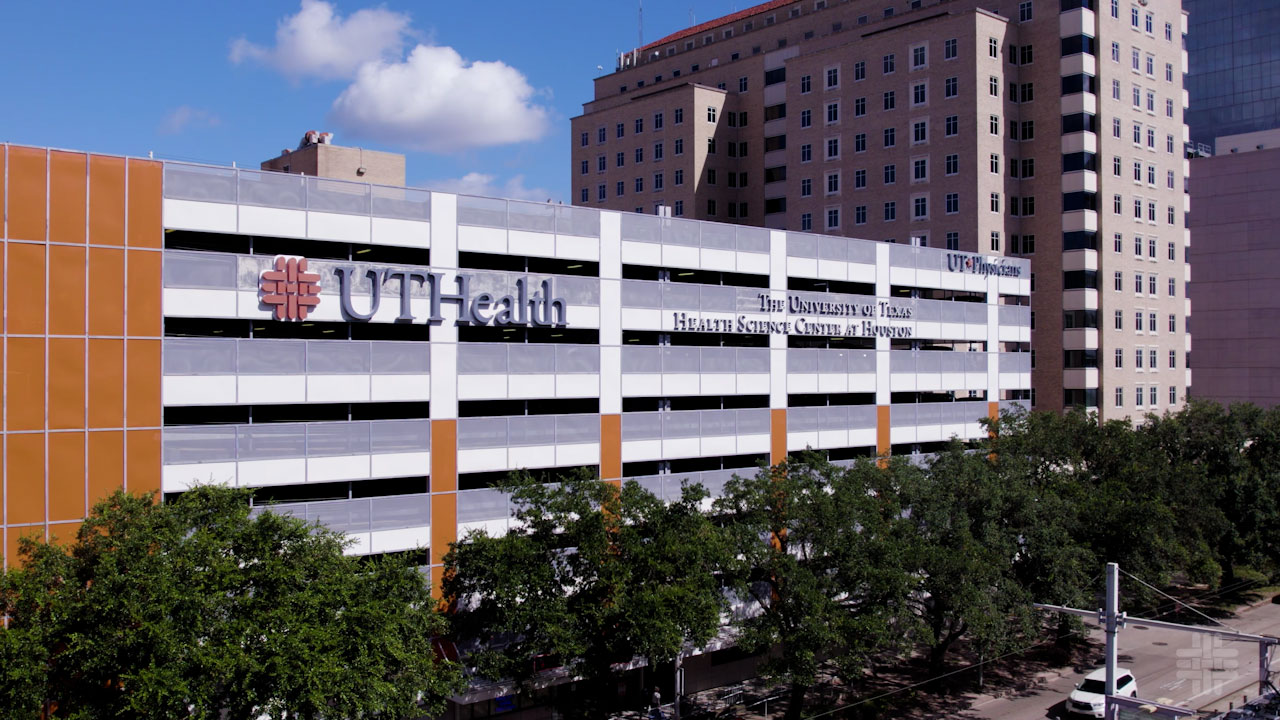- Pediatric Surgery
- Hirschsprung Disease
Hirschsprung Disease
Hirschsprung disease is a birth condition that affects the intestine and the muscles that control the passing of stool. This can lead to severe constipation or a blockage in the intestines, causing pain, vomiting, a swollen belly, and sometimes infection of the intestine.
Children with Hirschsprung disease may not gain weight as expected, or they may experience chronic constipation or have frequent infections of the intestine. The disease is usually discovered after birth as symptoms start appearing. It can affect all babies but is more common in males. In rare cases, it can be life-threatening.
What causes it?
Hirschsprung disease is caused by a problem with the nerve cells in the intestine, called ganglion cells. In most children with Hirschsprung disease, these nerve cells are missing from the lower part of the intestine, called the rectum and colon. Without these nerve cells, the affected part of the intestine can’t push the stool forward. This can cause a child to have fewer bowel movements than normal and can also lead to infection or inflammation of the intestine, called enterocolitis. Doctors don’t know what causes the problem with the ganglion cells in children with Hirschsprung disease, but it can be connected to family medical history. It may also be linked to other medical problems, such as Down syndrome and other genetic syndromes.
What are the symptoms?
The symptoms of Hirschsprung disease can vary depending on the age of the child and the severity of the condition.
- Swollen belly
- Constipation or difficulty passing stool
- Vomiting
- Reluctance to eat
- Growth issues
- Diarrhea (enterocolitis)
How is it diagnosed?
Hirschsprung disease is usually diagnosed in babies during their first year of life based on their symptoms. If the doctor suspects a child has the disease, they may order radiology tests, such as a contrast enema. This allows doctors to look at the shape and size of the colon, to help see which part of the colon may be affected. In older children, a test called anorectal manometry may be done, which evaluates how well the anal sphincter is functioning. In children with Hirschsprung disease, the internal anal sphincter doesn’t relax or open up well. If the radiology tests or anorectal manometry suggest Hirschsprung disease, then your surgeon will talk to you about doing a biopsy of the rectum (the lower part of the intestine). Examining the biopsy tissue under the microscope is the most certain way to confirm the diagnosis of Hirschsprung disease.
How is Hirschsprung disease treated?
If your child is diagnosed with Hirschsprung disease, the first treatment is to begin rectal irrigations. We will teach you how to use a soft, flexible catheter and saline (a salt water solution) to gently clear out the stool. This is important to help avoid infection of the intestine and prevent the stool from getting backed up.
All children diagnosed with Hirschsprung disease need surgery to remove the abnormal part of the intestine, the part that is missing the ganglion nerve cells. This surgery can often be done as a minimally invasive operation, using a camera and small incisions. Sometimes only one surgery is needed, while some patients require multiple surgeries.
With proper care, most children with Hirschsprung disease go on to live healthy and active lives. Regular follow-up with a doctor is essential to manage any ongoing symptoms and ensure your child is growing and developing well. Even after surgery, some patients with Hirschsprung disease can develop Hirschsprung-Associated Enterocolitis (HAEC). HAEC is an infection of the intestines that can cause diarrhea and sometimes vomiting and fever. Treated with antibiotics and rectal irrigations, it’s important that you contact your doctor immediately if your child develops these symptoms.
After surgery, some children continue to have a difficult time passing stool because the internal anal sphincter muscle doesn’t open or relax well.We have a specialized Bowel Management Program that runs through our Comprehensive Congenital Colorectal Program to help follow children with Hirschsprung disease long term and ensure they are stooling regularly. We use pelvic floor physical therapy to help children learn how to push the stool out better, and in some cases, we recommend medications to help with regular bowel movements. Parents and caregivers play a crucial role in monitoring their children’s health, helping them maintain a good diet, and seeking medical advice if new symptoms appear.
Visit our pediatric surgery page to learn more about our services and providers.

